Climate change and human activities strongly influence forests, but uncertainties persist about the pervasiveness of these stressors and how they will shape future forest structure. Disentangling the relative influences of climate and human activities on global forest structure is essential for understanding and predicting the role of forests in biosphere carbon cycling and biodiversity conservation as well as for climate mitigation strategies. Using a synthetic forest canopy structure index, we map forest structural density at a near-global scale using a satellite dataset.
Research and publish the best content.
Get Started for FREE
Sign up with Facebook Sign up with X
I don't have a Facebook or a X account
Already have an account: Login
Revue de presse et du net par le Pôle de partage des connaissances S&T de l'Office français de la biodiversité
Curated by
DocBiodiv
 Your new post is loading... Your new post is loading...
 Your new post is loading... Your new post is loading...
|
|




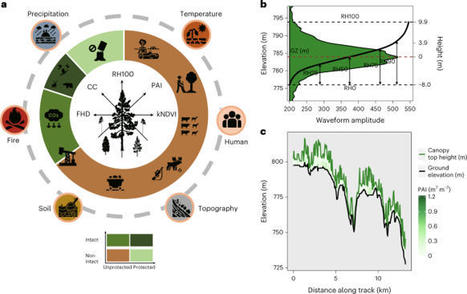

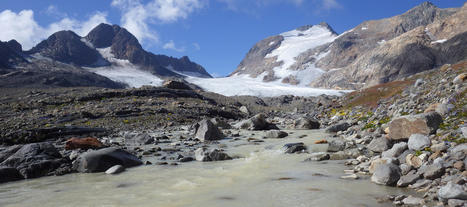
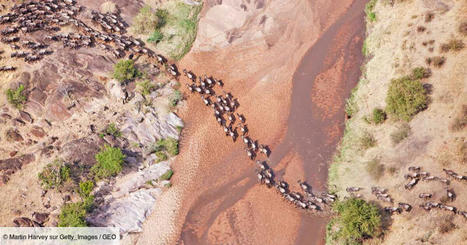


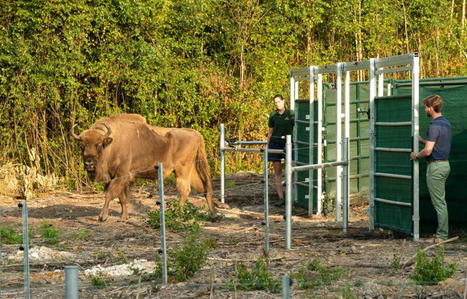
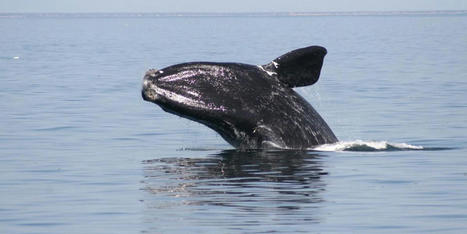
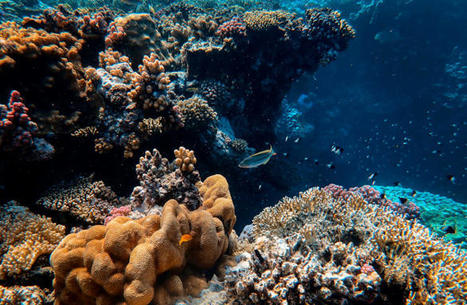


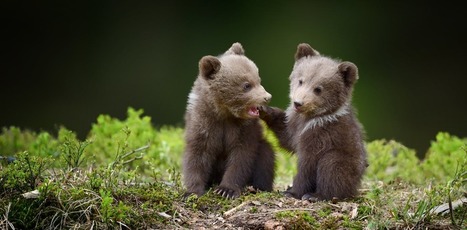


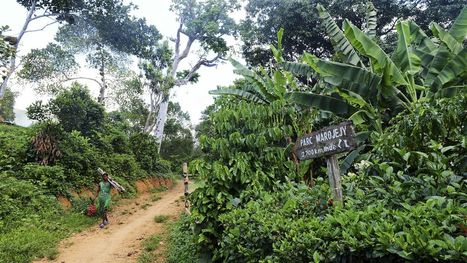
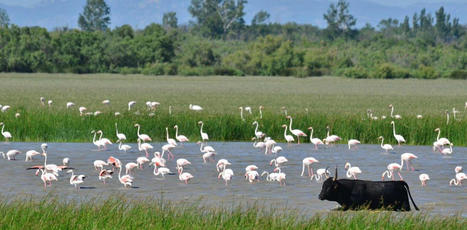

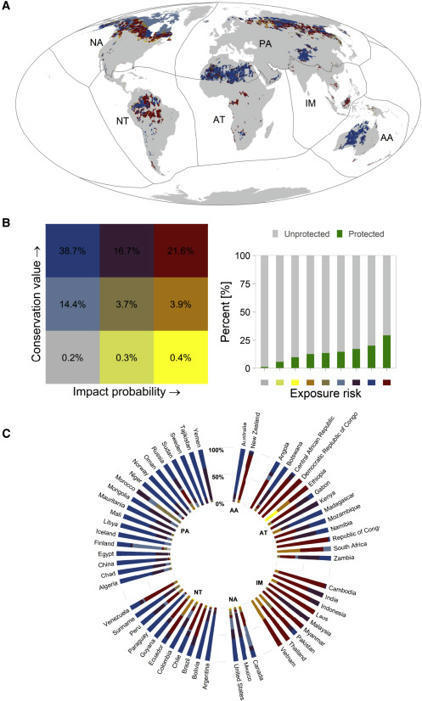
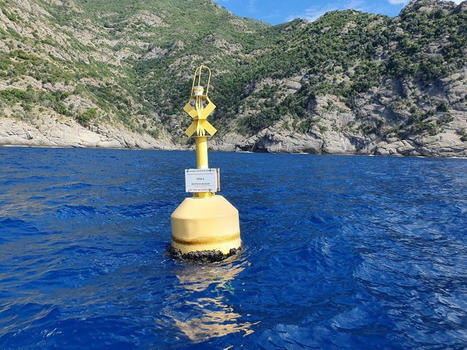
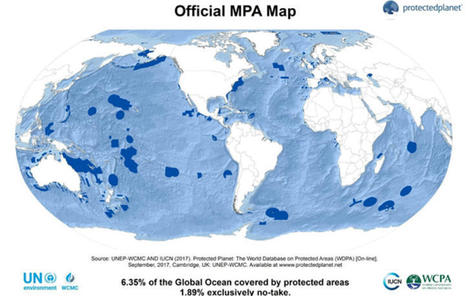

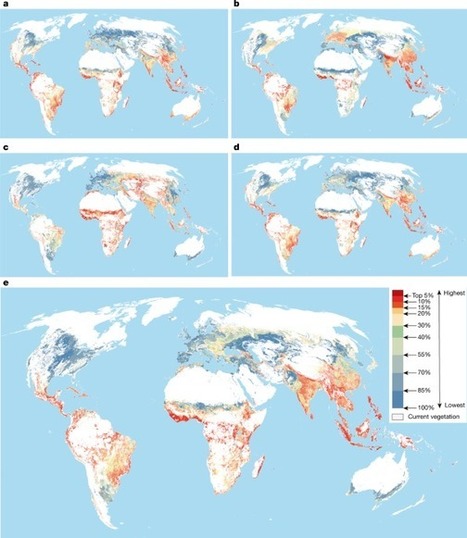

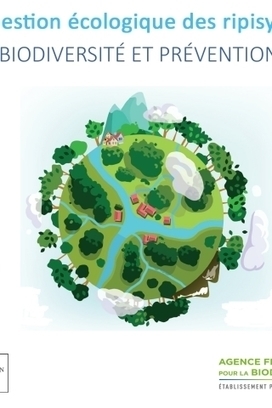







Li, W., Guo, WY., Pasgaard, M. et al. Human fingerprint on structural density of forests globally. Nat Sustain 6, 368–379 (2023). https://doi.org/10.1038/s41893-022-01020-5 via @JCSvenning